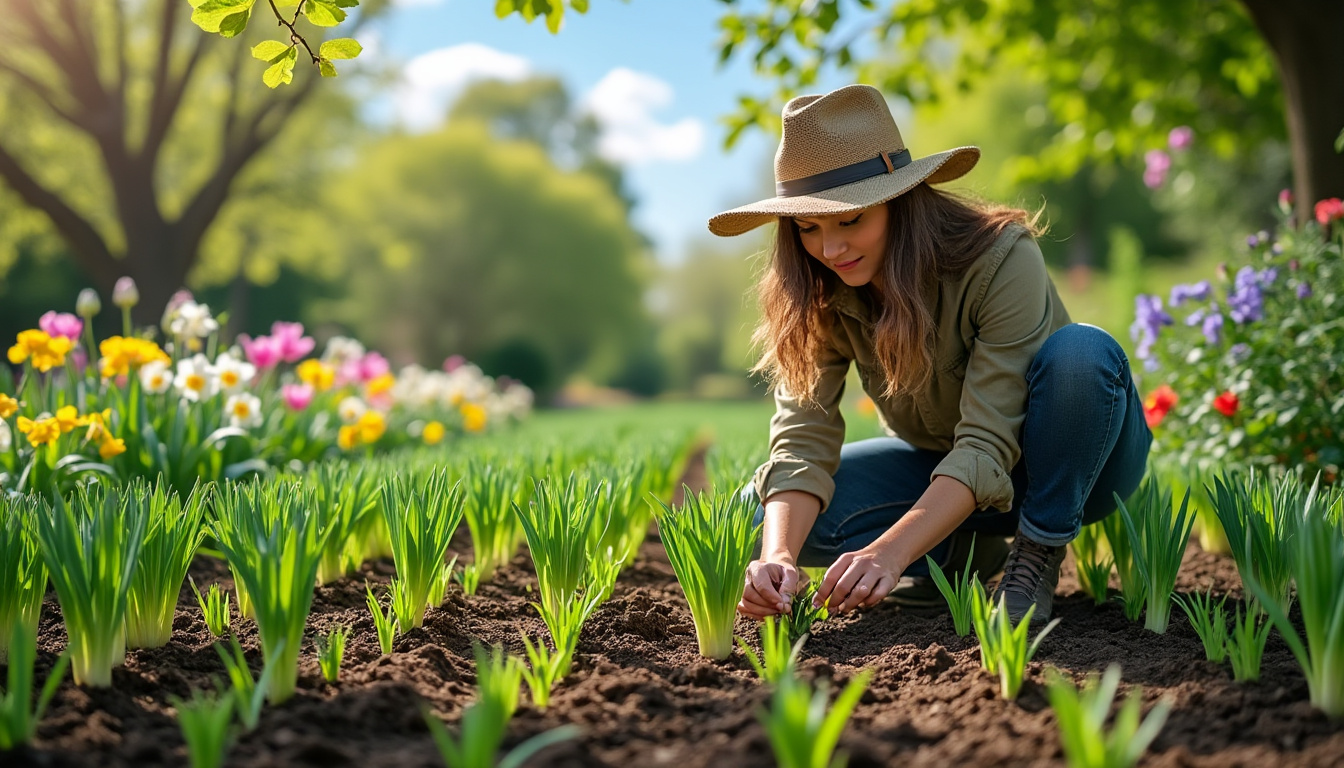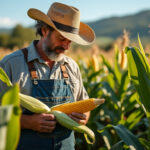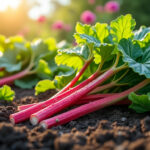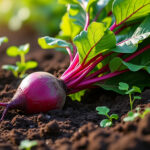Understanding the optimal timing for planting leeks is vital for achieving a successful harvest. These flavorful, elongated vegetables can be a rewarding addition to any garden, but their cultivation requires careful attention to detail. This guide offers insights into the best practices for sowing leeks based on climate zones and planting techniques.
When To Sow Leeks For A Bountiful Crop 🌱
Leeks are renowned for their resilience, germinating easily and growing well as long as the timing is right. Optimal growing conditions include well-drained soil that retains moisture, essential for the root systems that expand outward rather than downward. Thus, preparing a suitable environment is crucial for their successful development.
Climate Considerations For Sowing Leeks 🌡️
In terms of hardiness, leeks can thrive in temperatures as low as -12°C (10°F). Therefore, it is feasible to grow them outdoors during winter in USDA zones 7b to 11b. Cooler regions can still cultivate leeks during winter but may need protection such as glass covers or indoor spaces to ensure steady growth. Conversely, warmer climates might yield leeks lacking the distinct flavor developed through colder conditions.
| Growing Zone | Indoor Sowing (Autumn/Spring) | Outdoor Planting |
|---|---|---|
| 1-5 | April – May May – June |
Not recommended |
| 6-7 | August – September March – April |
March – April |
| 8-9 | August – October March |
November, or March – April |
| 10-11 | September – November February |
November, or February – March |
| 12-13 | Anytime | Anytime |
Indoor Planting Techniques for Optimal Results 🏡
Starting leeks indoors guarantees better growth compared to direct sowing. This method allows for controlled conditions that promote stronger plants. Preparing seed trays filled with loose, free-draining compost is an excellent way to begin. Place two seeds per module, cover lightly, and maintain adequate moisture during germination, which generally occurs within 7 to 14 days.
Transplanting Leeks for Thick Stalks 🌿
Transplanting is recommended once seedlings reach a height of about 6 inches. It is crucial to plant them deeply to encourage strong white stems, which form the edible parts of the leeks. Covering the plants up to their leaves will support the blanching process, enhancing their flavor profile. Regular watering and supporting nutrients through compost will significantly contribute to their growth.
Choosing the Right Varieties for Your Garden 🌾
Several popular leek varieties can cater to different gardening preferences. For instance, the American Flag is an heirloom variety that withstands cold winters, while the Striker matures quickly, requiring just 86 days from transplanting. Selecting the right variety based on climate and personal taste can maximize both yield and flavor.
- American Flag: Great for cold climates.
- Striker: Quick maturation.
- Lancelot: Disease-resistant hybrid.
- Giant Musselburgh: Produces large bulbs.
Caring for Leeks Throughout Their Growth Cycle 🧑🌾
Consistent care during the growing season is vital to ensure a bountiful harvest. This includes adequate watering, ideally soaking them to a depth of 18 inches weekly. Fertilizing is also essential, as leeks are heavy feeders, often benefiting from nitrogen-rich amendments. Furthermore, regular hilling can promote larger edible stems, a practical technique for enhancing their final size.
| Care Aspect | Recommendation |
|---|---|
| Watering 💧 | Soak deeply at least once a week. |
| Fertilizing 🌿 | Apply nitrogen-rich compost weekly. |
| Hilling ⚒️ | Hill up soil around the base two to three times. |
Harvesting and Storing Leeks for Best Flavor 🌟
Leeks are typically ready for harvest when their bulbs reach a minimum of 1 inch in diameter. It is advisable to harvest before the ground freezes to avoid complications. Once harvested, they can be stored correctly in a refrigerator for several weeks. 🌿 Leeks are best when used fresh, but can also be blanched and frozen for later use.
When to prune lilac for optimal blooming?
Frequently Asked Questions 🤔
How long does it take for leeks to mature?
Leeks generally require 100 to 120 days to reach maturity after transplanting.
Can leeks be grown in containers?
Yes, leeks can be grown in containers, but they may not reach their full size unless planted in deep pots.
What is the best way to prevent pests on leeks?
Utilizing row covers and practicing crop rotation can significantly help reduce pest infestations in leeks.
Are leeks frost-tolerant?
Yes, leeks are frost-hardy to -12°C (10°F) and can tolerate colder temperatures when established.
What are the best companion plants for leeks?
Leeks thrive when planted near carrots, celery, and beets while avoiding proximity to beans and peas.
With the right timing and care, leeks can become a flavorful staple in any vegetable garden, providing culinary delights throughout the year.















